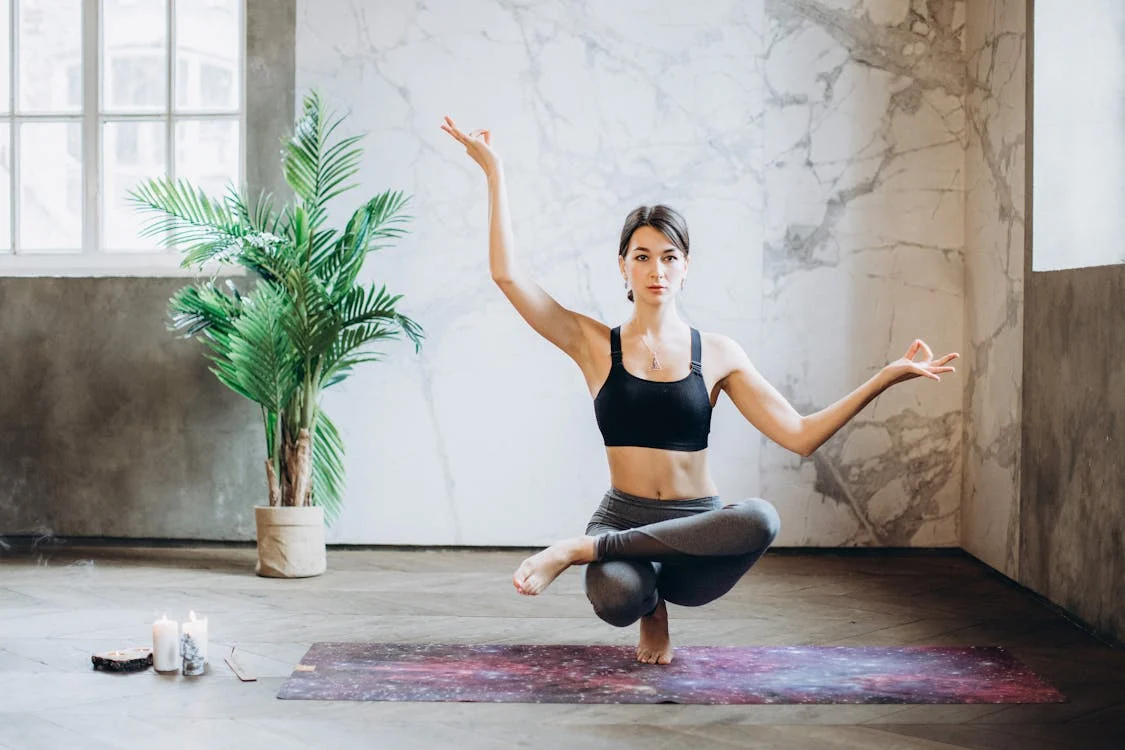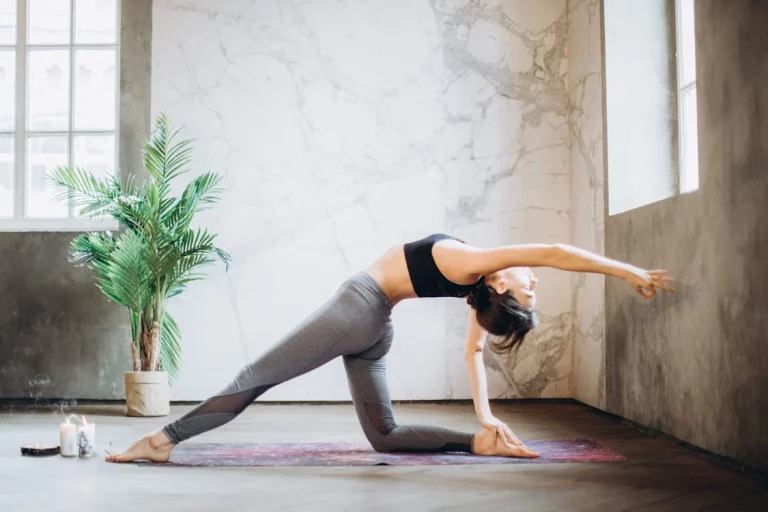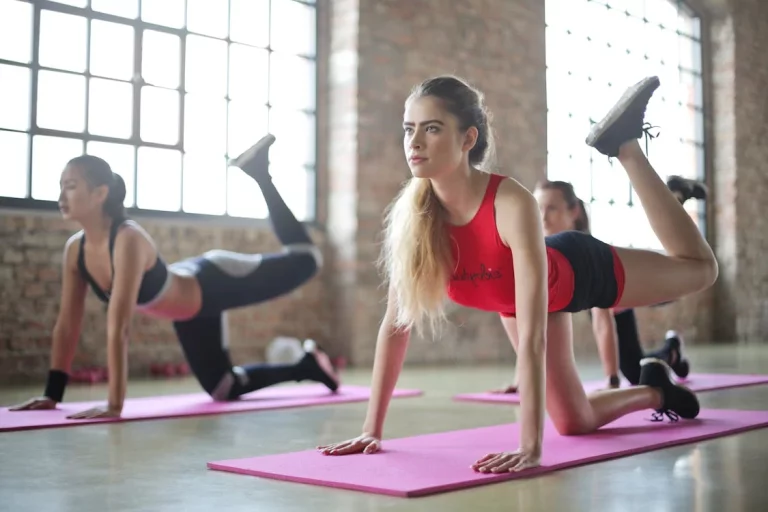Increase Your Range of Motion with These 8 Yoga Positions
A vital part of excellent physical health is flexibility. However, as you age, lead a sedentary lifestyle, experience stress, or develop bad movement and posture habits, your body may gradually lose its flexibility.
One of the finest methods to improve your flexibility may be to practice yoga on a daily basis, either at home or in a class. This will help your muscles and joints move more freely.
In addition to increasing your flexibility, many yoga poses can help you strengthen your muscles and lessen stress and anxiety.
We’ll go over the advantages of being more flexible in this post, along with the most effective yoga poses to work on your flexibility in the shoulders, hips, back, and core.
Why is flexibility important?
Increasing your flexibility is good for you in many ways. Some of the most important benefits include:
- Greater range of motion. Increased flexibility makes it easier to move your joints in a normal direction with less effort.
- Less muscle tension. Stretching your muscles can help release tension and tightness, making it easier to move.
- Better posture. Tight, tense muscles can lead to muscle strain and poor posture.
- Less pain. When your muscles aren’t tense, there’s usually less stress and pressure on certain parts of your body and, as a result, less pain in your back, neck, and shoulders.
- Lower risk of injuries. Greater strength and flexibility in your muscles and joints may make you less prone to injuries.
- Less stress. When tension is released in your muscles, it may help you feel more relaxed. In turn, that may lower your stress levels.
- Improved circulation. Better blood flow may help your muscles recover more quickly after a workout and also prevent stiffness.
Finest yoga poses for improved flexibility
If you’re interested in trying a yoga class to increase your flexibility, Hatha, Vinyasa, or Yin styles are all good options.
If you’re short on time, or would prefer to practice some yoga poses at home, the following poses can be especially helpful for stretching many of your major muscles and boosting flexibility.
With each pose, go at your own pace. Focus on how the pose feels instead of how it looks. You can repeat each pose as many times as you like, as long as it doesn’t feel painful or too difficult to do correctly.
Poses for back flexibility
1. Intense side stretch (Parsvottanasana)
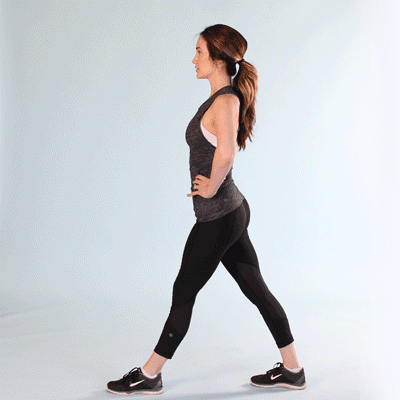
This forward bend stretches your spine, hips, and legs. It also benefits your posture, balance, and digestion.
To do this pose:
- Stand with your left foot in front facing forward and your right foot back, turning out your toes at a slight angle.
- Square both of your hips to face forward.
- Place your hands on your hips.
- Bend at your hips to fold your torso forward, tucking your chin into your chest.
- Drop your hands down to the floor, or place them on a block.
- Hold this pose for 30 seconds to 1 minute.
- Switch the position of your feet and do the opposite side.
2. Head to knee (Janu Sirsasana)
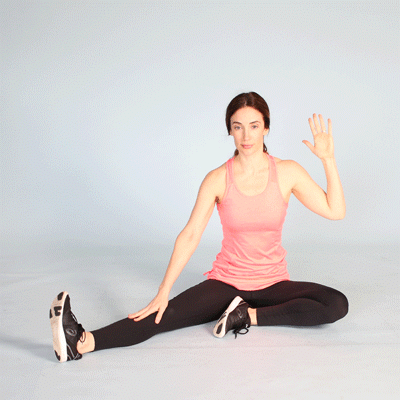
Suitable for all levels, this pose helps improve flexibility in your back, hips, and thighs. It also increases blood flow in the lower abdomen and can be a great stress reliever.
To do this pose:
- Sit on the ground or on a yoga mat.
- Extend your right leg, and press your left foot into the inside of your thigh.
- Inhale and raise your arms overhead.
- Exhale and bend at your hips to fold forward toward your outstretched leg.
- Place your hands on the floor, or hold on to your outstretched leg or foot.
- Hold for 1 to 2 minutes.
- Switch legs and do the opposite side.
Poses for core flexibility
3. Cat-Cow (Bitilasana Marjaryasana)
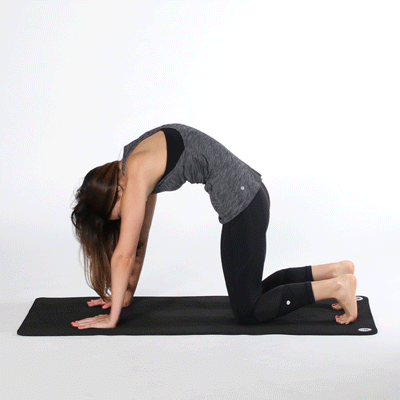
The fluidity of this pose works well for improving mobility and flexibility in your core, neck, shoulders, and spine.
To do this pose:
- Start this pose on all fours, making sure your wrists are beneath your shoulders and your knees are beneath your hips.
- Keeping your weight balanced evenly across your body, inhale as you allow your belly to fall toward the floor. Raise your chest and chin as your belly moves downward.
- Exhale as you press into your hands to round your spine up toward the ceiling, tucking your chin into your chest as you do so.
- Continue this movement for 1 minute.
4. Bow Pose (Dhanurasana)
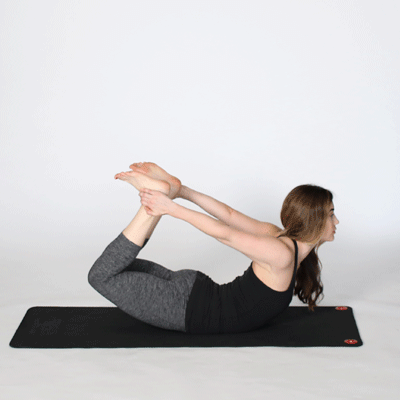
This intermediate level pose helps stretch many of the muscles that are used when sitting. It can help increase flexibility in your core muscles as well as the muscles in your back, chest, glutes, and legs.
Avoid doing this pose if you have pain or discomfort in your neck, shoulders, or back.
To do this pose:
- Lie on your stomach with your arms alongside your body.
- Bend your knees and reach back with your hands to grasp the outside of your ankles.
- Try to lift your shoulders and chest off the ground if you can, but don’t push beyond what’s comfortable.
- Keep your head looking forward while taking long, deep breaths.
- Try to hold for up to 30 seconds, then release.
- Repeat 1 to 2 times.
Poses for Hip Flexibility
5. Low lunge (Anjaneyasana)

Ideal for all levels, this pose helps lengthen your spine, open your hips, and build muscle strength. It may also help alleviate sciatica.
To do this pose:
- Kneel on the floor on your left knee. Bend your right knee and place your right foot flat on the ground in front of you.
- Lengthen through your spine and out the crown of your head.
- Lift up your torso and arms. Or, you can extend your arms to the side, perpendicular to the floor.
- Gently push into your right hip.
- Try to hold this position for at least 30 seconds.
- Switch legs and repeat on the opposite side.
Alignment tip: Prevent your front knee from moving past your ankle. Maintain square hips by drawing your back hip forward.
6. Wide-angle seated forward bend (Upavistha Konasana)

This forward bend can help open up your hips and low back while also boosting flexibility in your hamstrings and calves.
To go deeper into the pose, you can sit on the edge of a cushion or block to tilt your pelvis forward.
To do this pose:
- Sit on the floor with your legs open as far wide as they’ll go.
- Extend your arms overhead.
- Hinge at your hips to fold forward, walking your hands forward toward your feet.
- Hold this position for up to 1 to 2 minutes.
Alignment tip: If your toes point out to the sides, move your legs in closer. Your toes should face straight up, as though you’re pressing the soles of your feet into a wall.
Poses for shoulder and neck flexibility
7. Cow Face Pose (Gomukhasana)
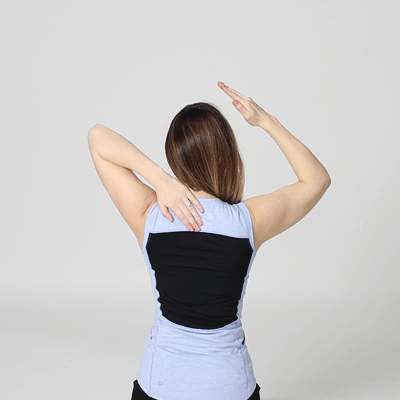
Appropriate for all levels, this pose stretches your shoulders, chest, and arms.
To do this pose:
- Position yourself in a comfortable seated position. Allow your spine to lengthen and your chest to open.
- Extend your left arm overhead, then bend your elbow so your fingers point down along your spine.
- Using your right hand, gently draw your left elbow over to the right, allowing your left hand to move further down your spine.
- If it’s comfortable, you can try bending your right arm upward along your spine to clasp your left hand.
- Remain in this pose for at least 30 seconds.
- Switch arms and do it on the other side.
8. Plow Pose (Halasana)
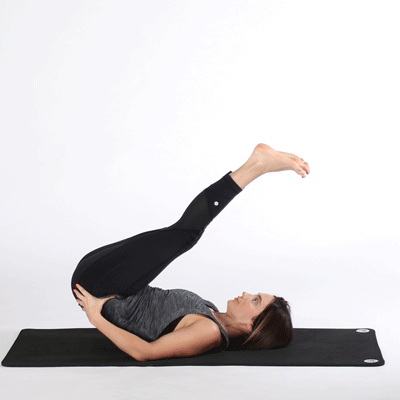
This intermediate level pose may help alleviate tension in your neck, shoulders, and spine.
If you find it hard for your feet to reach the floor, rest them on the seat of a chair or a stack of cushions. Avoid doing this pose if you have any concerns with your neck, digestion, or blood pressure.
To do this pose:
- Lie on your back with your arms alongside your body, pressing your palms into the floor.
- Raise your legs straight up to 90 degrees.
- Bring your legs over your head.
- Place your hands on your lower back, aligning your pinky fingers on either side of your spine with your fingers facing upward.
- Hold for 1 to 2 minutes.
- Release by rolling your spine back down to the floor.
- Repeat 1 to 2 times.
Safety Guides
When doing a yoga pose, avoid forcing yourself into any position or doing too much too quickly. This can increase your risk for injury.
Listen to your body. If a pose starts to feel painful or too uncomfortable, release the pose right away.
You may be able to only hold a pose for 10 or 20 seconds at first, and that’s just fine. As you gain flexibility, you can work toward holding the poses for longer.
Talk to your doctor or a certified yoga teacher before starting yoga if you:
- have any injury or pain, including sciatica
- have high or low blood pressure
- are menstruating or pregnant
- have asthma
- have cardiovascular or respiratory concerns
- have digestive issues
- take any medications
The Bottom Line
Being flexible and able to move easily is an important aspect of your physical health. But stress, age, lack of exercise, and improper posture can cause your muscles to become tense and tight, which can limit your flexibility.
Doing a regular routine of yoga poses is a highly effective way of easing tension in your muscles and building flexibility. The key is to start slowly and gradually increase the amount of time you can hold a pose with the correct form.

